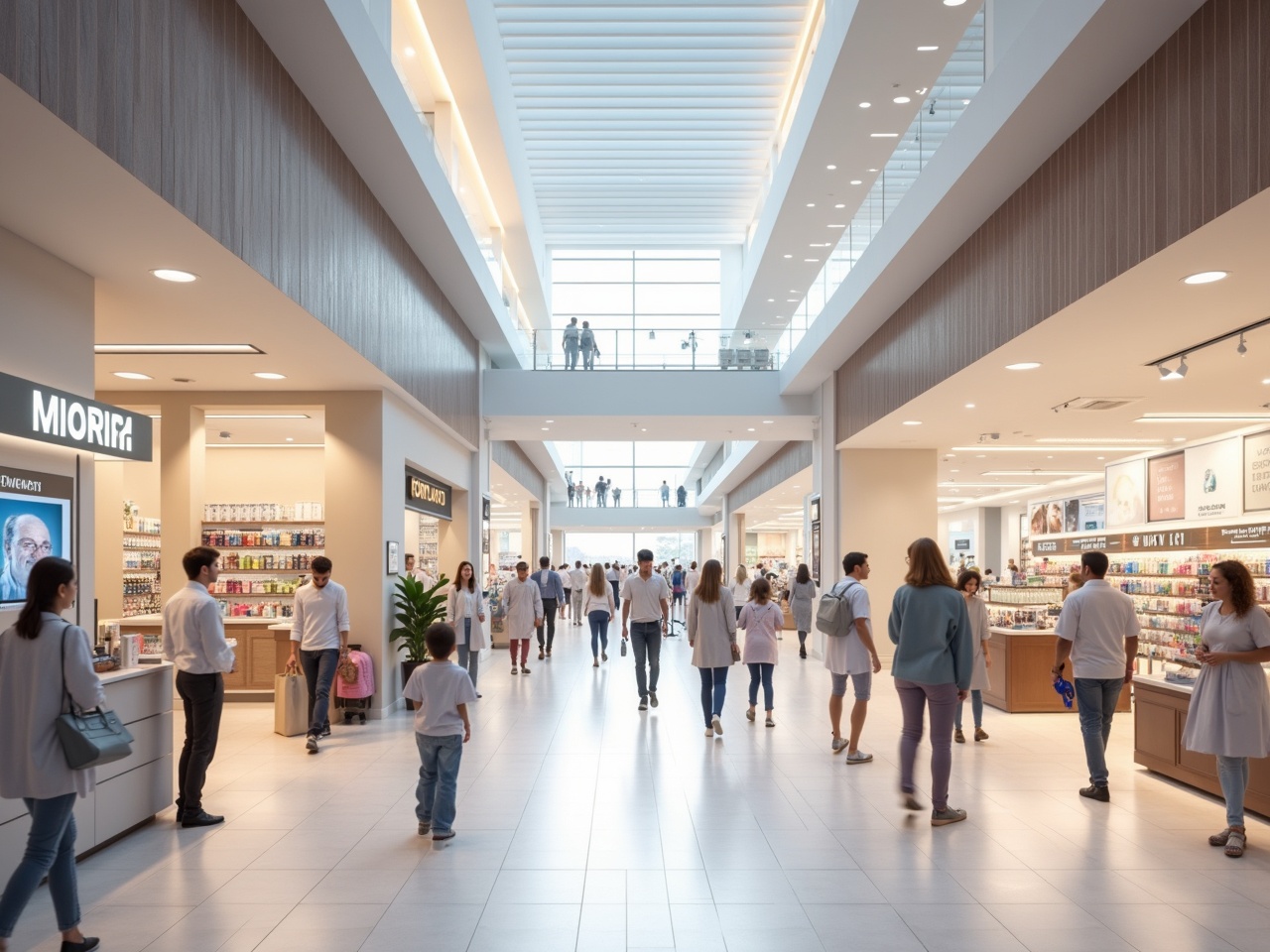Introduction: A New Pulse in Healthcare Retail
Medical malls—hybrid spaces that integrate clinical services with retail environments—are redefining how healthcare is delivered and experienced. These spaces are more than architectural innovations; they represent a shift toward convenience, engagement, and data-driven strategy. At the center of this transformation is foot traffic analytics, a tool that reveals how people move through physical spaces and how those patterns influence leasing decisions, patient outcomes, and commercial success.
The Rise of Medical Malls: Global Momentum
Medical malls have gained traction globally, particularly in regions facing aging populations and urban density. In the United States, over 30 enclosed malls have been repurposed into healthcare hubs. Vanderbilt University Medical Center transformed 450,000 square feet of mall space into specialty clinics, including dermatology and spine care. In Asia, Japan’s VIERRA岸边健都 and China’s 光合健康荟 exemplify the fusion of retail and healthcare, offering one-stop services that cater to modern consumers seeking quality and convenience.
Why Foot Traffic Analytics Matter
Foot traffic analysis measures how people move through physical spaces. In retail, it’s used to optimize store layouts and marketing. In medical malls, it’s a diagnostic tool for leasing strategy. Platforms like FootfallCam and Placer.ai provide granular data on visitor flow, dwell time, and demographic breakdowns. This data enables mall operators to identify high-performing zones, justify rent premiums, optimize clinic placement, and benchmark performance across mall levels.
McKinsey reports that malls using advanced analytics for leasing decisions have increased revenues by up to 20%. By analyzing cross-visitation patterns—such as patients visiting a clinic and then shopping at adjacent stores—operators can curate tenant mixes that enhance both clinical outcomes and commercial success.
Clinic-Retail Co-Location: A Symbiotic Strategy
Co-locating clinics with retail outlets creates a holistic consumer experience. A patient visiting a dermatology clinic might browse skincare products at a nearby pharmacy. Someone attending physical therapy could grab a smoothie at a health café afterward. This synergy boosts dwell time and customer satisfaction. It also supports the “halo effect,” where one tenant’s presence increases traffic to neighboring businesses.
The Jackson Medical Mall in Mississippi is a prime example. Once a failing shopping center, it now hosts over 80 healthcare and retail tenants, serving more than 200,000 patients annually. Its success stems from strategic co-location and robust foot traffic analytics.
Data-Driven Leasing: Tools and Techniques
Modern foot traffic analysis relies on technologies such as Wi-Fi tracking, thermal sensors, mobile GPS data, and AI-powered video analytics. These tools help mall operators map visitor movement across corridors, optimize clinic placement based on peak hours, justify rent differentials with empirical data, and profile visitor demographics for targeted marketing.
Skywave’s AI-powered analytics allow malls to adjust operations dynamically—from staffing to energy use—based on real-time crowd density. Artefact’s heatmap analysis overlays visitor traffic with leasing performance data to reveal business insights and optimize mall layouts.
Case Study: Hangzhou Fullerton Medical Mall
China’s Hangzhou Fullerton Medical Mall offers a compelling case study. Located in a mixed-use tower, it integrates retail on the lower floors with clinics and specialty care on the upper levels. Tenants include dental, pediatric, and ophthalmology practices, supported by shared imaging and diagnostic services.
Foot traffic data revealed that the 9th to 16th floors—home to specialty clinics—received consistent weekday traffic, while retail zones peaked on weekends. This insight led to staggered leasing strategies and targeted marketing campaigns. The result? A 36% increase in patient visits and the mall’s first profitable quarter in 2021.
Challenges and Considerations
Despite its promise, medical mall leasing faces hurdles. Regulatory approvals, zoning laws, healthcare licensing, and privacy concerns can complicate tenant onboarding. Moreover, not all retail environments are suitable for clinical services—noise, accessibility, and patient confidentiality must be carefully managed.
Foot traffic data helps mitigate these risks by informing site selection and layout design. For instance, placing a mental health clinic near a noisy food court may deter patients. But locating it near a wellness bookstore or yoga studio could enhance the therapeutic environment.
Future Trends: AI, Personalization, and Smart Leasing
Looking ahead, AI will play a larger role in medical mall leasing. Predictive analytics can forecast patient volumes, optimize appointment scheduling, and suggest ideal tenant mixes based on consumer behavior. Artefact’s Retail-as-a-Service model envisions malls offering subscription-based leasing packages, where tenants receive foot traffic insights, marketing support, and operational services.
Personalization will also become key. Just as e-commerce tailors recommendations, medical malls may use foot traffic data to personalize patient journeys—from check-in to pharmacy to wellness retail. Imagine a mall where a patient’s visit to a cardiology clinic triggers a curated path through heart-healthy food options, fitness gear, and educational kiosks.
Conclusion: The Prescription for Success
Medical malls are more than a real estate trend—they’re a response to evolving consumer expectations. As healthcare becomes more decentralized and patient-centric, the integration of clinics into retail environments offers unmatched convenience and engagement.
Foot traffic analytics are the heartbeat of this transformation. By leveraging data to inform leasing decisions, mall operators and healthcare providers can create spaces that are not only profitable but profoundly human.
As Leonard L. Berry, a leading expert on healthcare retail, notes: “Medical malls have the potential to deliver care more effectively, efficiently, and flexibly—while promoting local economic development”. For business leaders navigating this new terrain, the message is clear: follow the foot traffic, and the future will follow you.









